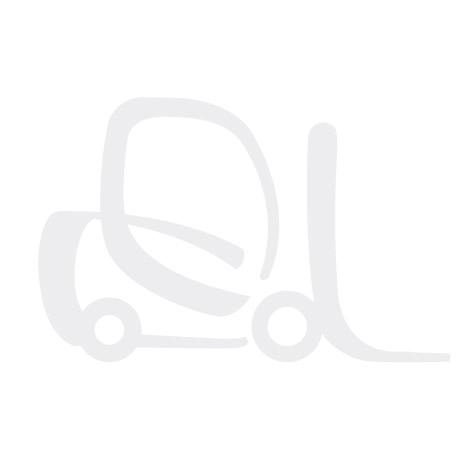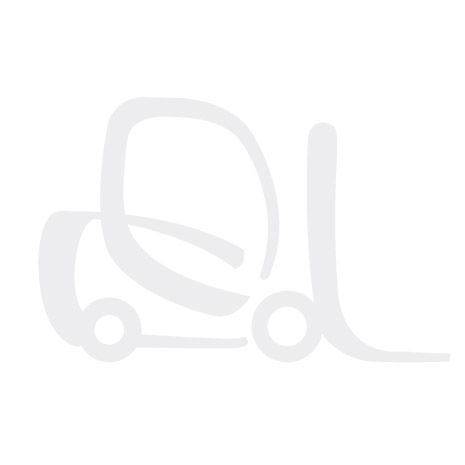Free Rigging Instead of Forklift Attachments is a Bad Idea

Free rigging can’t compete with the right forklift attachment
Free rigging is the practice of attaching ropes, chains or slings to forklift tines for the purpose of below tine lifting and moving. It’s an all-to-frequent practice and not only is it usually illegal, it’s a very bad idea.
Many forklift owners aren’t even aware that their free rigging is probably illegal. Back in 1999, OSHA published a clarification of the matter following a request from a concerned party. The letter sent to the individual and subsequently published on the OSHA website was very clear:
Modifications and additions which affect the capacity and safe operation shall not be performed by the customer or user without manufacturers prior written approval. Capacity, operation, and maintenance instruction plates, tags, or decals shall be changed accordingly.
If the “customer or user” is unable to get approval for the modification from the forklift manufacturer, they can hire a qualified and registered professional engineer to inspect the lift truck and its modifications and approve them if they deem them safe. This must be done before the forklift attachment is put to work.
Almost inevitably, manufacturers will not approve free rigging because there are too many variables involved in its use. That leaves the option of hiring an engineer to approve it and engineers’ services don’t come cheap.
Forklift boom attachments, like free rigging, are “additions which affect the capacity and safe operation” of a lift truck. The difference is that forklift booms are constructed and tested to adhere to load specifications. When a user or owner asks their forklift manufacturer for approval, the manufacturer can make an informed decision. Moreover, if one forklift boom cannot be approved, another one probably can.
Weigh the cost of hiring an engineer to approve your free rigging against the cost of buying a forklift attachment (like a boom), and you can see why using free rigging instead of forklift attachments is a bad idea.
There are other reasons, too, not to use free rigging:
- Free rigging takes time and “time is money” in material handling.
- A forklift boom attachment is far more versatile than free rigging.
You can attach a forklift boom to your forklift in minutes. Once it’s attached, you can extend it to the desired reach (if it’s a telescoping boom); quickly and securely secure a load; and move it with confidence, knowing that it is rated to carry the load safely.

There’s a boom for almost every lift truck
If you think about using free rigging once, it’s time to start looking into forklift attachments like a fixed or telescoping boom, because it’s likely you’ll find dozens of uses for it once you have it. Take a look at all the forklift booms available here on forkliftaccessories.com. You’ll find both non-telescoping and telescoping booms with lifting capacities between 4,000 and 8,000 pounds (depending on how extended the load is), so there’s sure to be one that can be approved for your lift truck.
